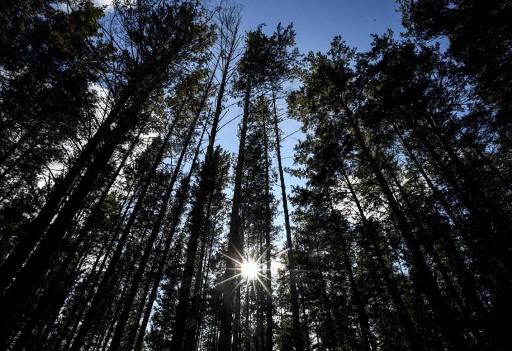Estimates of climate-change risks are higher today than 20 years ago, according to a new study by the Université catholique de Louvain (UCLouvain) and the Vrije Universiteit Brussel (VUB).
The study, whose results were published on Friday in the ‘Nature Reviews: Earth and Environment’ journal, examines reports published since 2001 by the Intergovernmental Panel on Climate Change (IPCC).
These reports assess the risks of climate change for human and natural systems, using a scale of colours ranging from white to red then purple to produce “burning ember diagrammes” reflecting the varying degrees of risk.
The risk levels at given temperatures had never before been compared between reports in a standardised manner. Using new, more complete, scientific data, the UCLouvain/VUB study shows that, at each level of global warming, the risks generally increase.
The research underlines the urgent need to take action as well as the advantages of continuous investment in science and stronger scientific protocols to inform public policy and decision making, said the study’s main author, Zinta Sommers of the UN Office for Disaster Risk Mitigation.
The risk estimates have generally been reviewed upward thanks to new data, according to co-author Philippe Marbaix. However, the UCLouvain researcher noted, it was already clear in 2001, and even more so in 2009, that some impact was already present, becoming increasingly severe and widespread as the level of warming increased.
According to VUB climatology professor Wim Thiery, also a contributor to the study, burning ember diagrammes are key to the IPCC reports for communicating risks linked to climate change to political decision makers and the public. They show clearly that the earlier global warming can be stopped, the less devastating its consequences will be, he pointed out.
The Brussels Times

